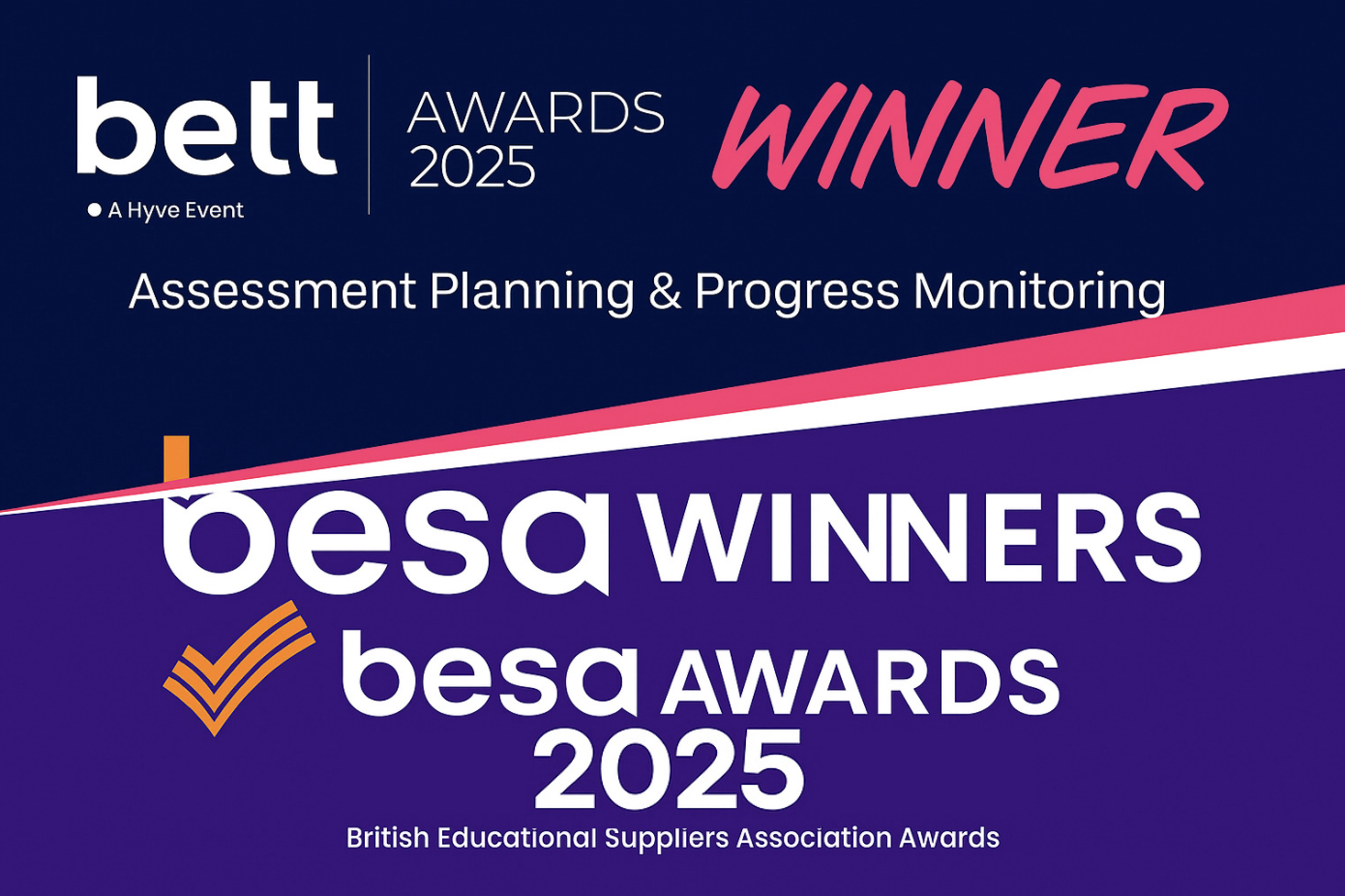In the world of education, diversity is not just a buzzword but a reality that demands our full attention. As we recognise the uniqueness of each learner's journey, the significance of special education emerges. But what exactly is special education and how does it impact our learners?
How Special Education Helps Students
Special education stands as a beacon of hope for students facing diverse learning challenges. Its core strength lies in its ability to tailor education to individual needs. By providing personalised instruction, support services, and adaptive technology, special education ensures that no student is left behind. The nurturing learning environment created by special education teachers allows every learner to flourish and succeed, regardless of their learning differences.
The Connection Between Special and Inclusive Education
Inclusive education celebrates diversity and fosters an environment where all students, regardless of their abilities, learn together. The undeniable connection between special education and inclusion lies in their collaborative efforts. General education teachers and special education professionals join forces to provide quality and meaningful education in mainstream classrooms, valuing and embracing each student's unique contributions.
Understanding How Special Education Works
Special education operates through a well-defined process that centres on the individual needs of students. From identification and assessment to the development of Individualised Education Plans (IEPs) and the provision of support services, every step is crucial in empowering learners. These cornerstones of special education pave the way for an equitable education system, where every learner can soar high and, at times, beyond expectations.
Inclusion as a Paradigm Shift
Inclusion emerged as a powerful paradigm shift in education in response to the limitations of integration. Embracing a more comprehensive approach, inclusion creates diverse and equitable learning environments, valuing and supporting all students. Recognising the uniqueness of each learner, inclusive education promotes individualised, flexible, and adaptable teaching methods. In inclusive classrooms, students of all abilities learn together, cultivating empathy, understanding, and a strong sense of community. Collaborative efforts among educators, specialists, and parents further nurture the potential of each student.
9 Key Components of Inclusive Education
Collaborative Teamwork: Inclusive education involves collaboration among various stakeholders, including general education teachers, special education teachers, administrators, support staff, parents, and caregivers. This teamwork ensures a cohesive and unified approach to meeting the needs of all students in the classroom.
Individualised Instruction: Inclusive education recognises that each student learns differently and has unique strengths and challenges. Teachers adapt their instructional methods and strategies to accommodate various learning styles, preferences, and abilities.
Accommodations and Support Services: Inclusive education provides appropriate accommodations and support services to students with diverse learning needs. These may include assistive technology, visual aids, preferential seating, additional time for assessments, peer support, calming & well-being strategies and techniques,
Positive Behavior Supports: Inclusive classrooms prioritise positive behaviour supports, emphasising proactive strategies to promote positive behaviour rather than solely relying on punitive measures. This approach helps create a positive and inclusive classroom culture.
Social Skills Development: Social inclusion is a significant aspect of inclusive education. Teachers and support staff work on developing students' social skills and fostering positive interactions among all students.
Curriculum Adaptation: The curriculum is adapted to accommodate diverse learners while maintaining academic standards. Teachers modify the content, pace, and delivery to ensure that all students can actively engage with the material.
Parent and Caregiver Engagement: Inclusive education recognises the importance of involving parents and caregivers in the educational process. Regular communication, collaboration, and sharing of progress updates create a supportive network around the student.
Peer Support and Collaboration: Inclusive education promotes peer support and collaboration, encouraging all students to work together and learn from one another. This fosters a sense of empathy, understanding, and acceptance among students.
Ongoing Professional Development: Teachers and education professionals receive ongoing professional development to enhance their knowledge and skills in inclusive teaching practices. This ensures that educators stay up-to-date with the latest strategies and approaches in inclusive education.
Data-Driven Decision Making: Regular assessment and data collection are integral to inclusive education. Educators use data to monitor student progress, identify areas for improvement, and make informed decisions about instructional strategies and interventions.
By incorporating these key components, inclusive education aims to create an environment where every student feels valued, supported, and empowered to reach their full potential. It emphasises that diversity enriches the learning experience and prepares students for a more inclusive and accepting society. Embracing inclusive practices in the classroom reaps many benefits, but it doesn’t come without challenges for teachers.
3 Strategies for Easing Challenges
The teachers’ well being is as important as that of the learners. To reduce workload while promoting inclusivity, consider the following strategies:
Collaborative Planning and Resource Sharing: In today’s world no educator can work alone. Foster a culture of collaboration among educators and support staff. By sharing responsibilities and expertise, teachers can divide the workload and pool resources. Collaborative planning sessions allow educators to co-create lessons, share best practices, and develop inclusive strategies together. Utilise the expertise of special education teachers, support staff, and other professionals to ensure that students' individual needs are met effectively.
Leverage Peer Support and Co-Teaching: Encourage peer support and co-teaching among students. Pairing students with different abilities fosters a cooperative learning environment where they can learn from and support each other. Additionally, co-teaching models, where a general education teacher collaborates with a special education teacher, can distribute responsibilities and provide more individualised attention to all students.
Effective Organisation: Streamline SEN processes to optimise efficiency. Create clear systems for differentiating materials, tracking student progress, and managing accommodations. Develop a structured routine that incorporates inclusive practices seamlessly into the daily schedule, reducing the need for last-minute adjustments. Utilise technology and assistive tools to automate repetitive tasks and provide personalised learning experiences for students.
Just as no doctor works without tools, educators, too, require diverse resources to meet the complex needs of learners. By investing in the right tools, we can pave the way for a more inclusive and empowering education system. But more about that in our next blog, Navigating the Educational Landscape: Essential Tools for Modern Teaching and Learning.
About PAGS
PAGS® provides solutions for Special Educational Needs (SEN). Our comprehensive 360° SEN Tool, equipped with state-of-the-art features, empowers educators with digital assessments, actionable targets, inclusive strategies, and insightful reports. With PAGS, you can effortlessly track and monitor the learners' SEN journey while streamlining SEN processes, saving you and your team valuable time. Book a no obligation meeting here to find out more.
About the Author
Josianne Pisani is a teacher, teacher trainer and materials writer at ETI Malta with years of experience in teaching English as a second language to learners of all ages and abilities. She has written and runs various methodology courses including Embracing Neurodiversity -Supporting Special Educational Needs (SEN) in the classroom. and has been training teachers from around the world for the last 10 years. For more information about the course contact us here.





